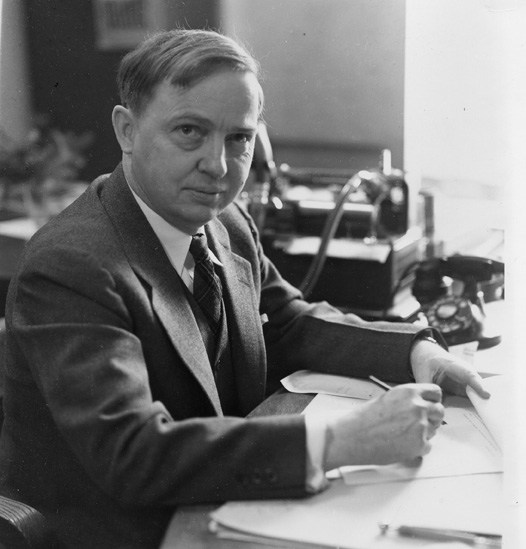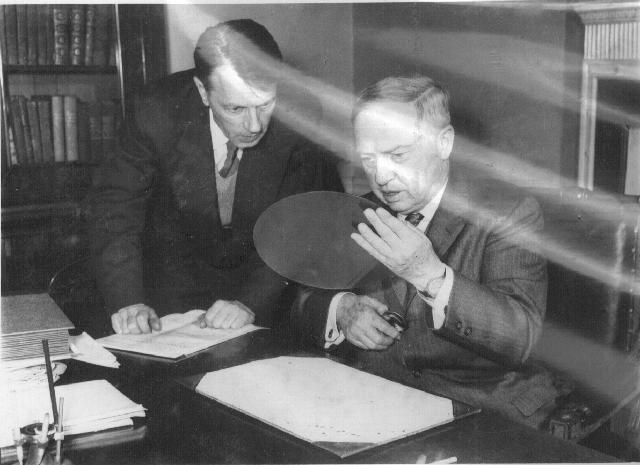<Back to Index>
- Astronomer Harlow Shapley, 1885
- Composer August Carl Ditters von Dittersdorf, 1739
- Dutch Revolutionary Joan Derk, Baron van der Capellen tot den Pol, 1741
PAGE SPONSOR
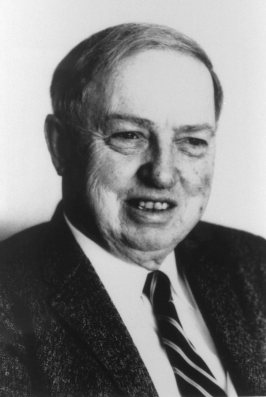
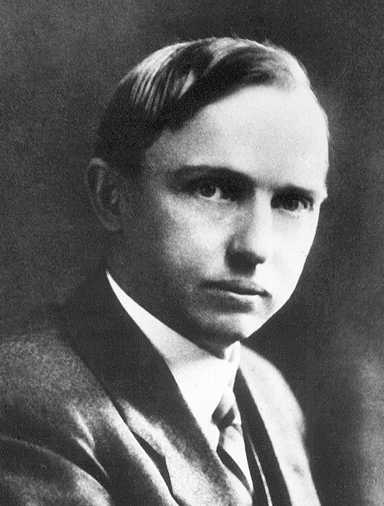
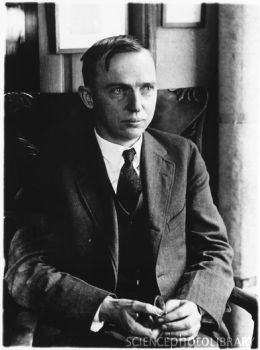
Harlow Shapley (November 2, 1885 – October 20, 1972) was an American astronomer.
He was born on a farm in Nashville, Missouri, and dropped out of school with only the equivalent of a fifth - grade education. After studying at home and covering crime stories as a newspaper reporter, Shapley returned to complete a six - year high school program in only two years, graduating as class valedictorian.
In 1907, at the age of 22, Harlow Shapley went to study journalism at University of Missouri. When he learned that the opening of the School of Journalism had been postponed for a year, he decided to study the first subject he came across in the course directory. Rejecting Archaeology, which Harlow later explained he couldn't pronounce, Harlow chose the next subject, Astronomy.
Post - graduation, Shapley received a fellowship to Princeton University for graduate work, where he studied under Henry Norris Russell and used the period - luminosity relation for Cepheid variable stars (discovered by Henrietta Swan Leavitt) to determine distances to globular clusters. He was instrumental in moving astronomy away from the idea that Cepheids were spectroscopic binaries, and toward the concept that they were pulsators. He was the first to realize that the Milky Way Galaxy was much larger than previously believed, and that the Sun's place in the galaxy was in a nondescript location. This discovery by Shapley is a key part of the Copernican principle, where the Earth is not at the center of our Solar System, our galaxy, or our Universe.
Shapley participated in the "Great Debate" with Heber D. Curtis on the nature of nebulae and galaxies and the size of the Universe. The debate took place on April 26, 1920, in the hall of the United States National Academy of Sciences in Washington D.C. Shapley took the side that spiral nebulae (what are now called galaxies) are inside our Milky Way, while Curtis took the side that the spiral nebulae are 'island universes' far outside our own Milky Way and comparable in size and nature to our own Milky Way. This issue and debate are the start of extragalactic astronomy, while the detailed arguments and data, often with ambiguities, appeared together in 1921. Characteristic issues were whether Adriaan van Maanen had measured rotation in a spiral nebula, the nature and luminosity of the exploding novae and supernovae seen in spiral galaxies, and the size of our own Milky Way. However, Shapley's actual talk and argument given during the Great Debate was completely different from the published paper. Historian Michael Hoskin says "His decision was to treat the National Academy of Sciences to an address so elementary that much of it was necessarily uncontroversial.", with Shapley's motivation being only to impress a delegation from Harvard who were interviewing him for a possible offer as the next Director of Harvard College Observatory. With the default by Shapley, Curtis won the debate. The astronomical issues were soon resolved in favor of Curtis' position when Edwin Hubble discovered Cepheid variable stars in the Andromeda Galaxy.
At the time of the debate, Shapley was working at the Mount Wilson Observatory, where he had been hired by George Ellery Hale. After the debate, however, he was hired to replace the recently deceased Edward Charles Pickering as director of the Harvard College Observatory.
He is also known to have incorrectly opposed Edwin Hubble's observations that there are additional galaxies in the universe other than the Milky Way. Shapley fiercely critiqued Hubble and regarded his work as junk science. Hubble's findings went on to fundamentally reshape the scientific view of the universe.
He served as director of the HCO from 1921 to 1952. During this time, he hired Cecilia Payne - Gaposchkin, who, in 1925, became the first person to earn a doctorate at Radcliffe College in the field of astronomy for work done at Harvard College Observatory.
He wrote many books on astronomy and the sciences. Among these was Source Book in Astronomy (New York: McGraw - Hill, 1929 — co-written with Helen E. Howarth, also on the staff of the Harvard College Observatory), the first of the publisher's series of source books in the history of the sciences.
From 1941 he was on the original standing committee of the Foundation for the Study of Cycles.
He also served on the board of trustees of Science Service, now known as Society for Science & the Public, from 1935 - 1971.
In the 1940s, Shapley helped found government funded scientific associations, including the National Science Foundation. He is also responsible for the addition of the "S" in UNESCO (United Nations Educational, Scientific and Cultural Organization).
He became President of the American Association for the Advancement of Science in 1947. In his inaugural address he referred to the danger of the "genius maniac" and proposed the elimination of "all primates that show any evidence of signs of genius or even talent". Other global threats he listed were: drugs that suppressed the desire for sex; boredom; world war with weapons of mass destruction; a plague epidemic.
In 1950, Shapley was instrumental in organizing a campaign in academia against the controversial US bestseller book (considered by many as pseudoscience) Worlds in Collision by Russian expatriate psychiatrist Immanuel Velikovsky.
In his 1957 book "Of Stars and Men", Shapley proposed the term Metagalaxies for what are now called superclusters.
In addition to astronomy, Shapley held a life long interest in myrmecology, the study of ants.
Shapley attended Institute on Religion in an Age of Science conferences at Star Island and was the editor of the book Science Ponders Religion (1960).
He
married Martha Betz in April 1914. She assisted her husband in
astronomical research both at Mount Wilson and at Harvard Observatory.
She produced numerous articles on eclipsing stars and other astronomical
objects. They had one daughter and four sons, one of whom is
mathematician and economist Lloyd Shapley.
